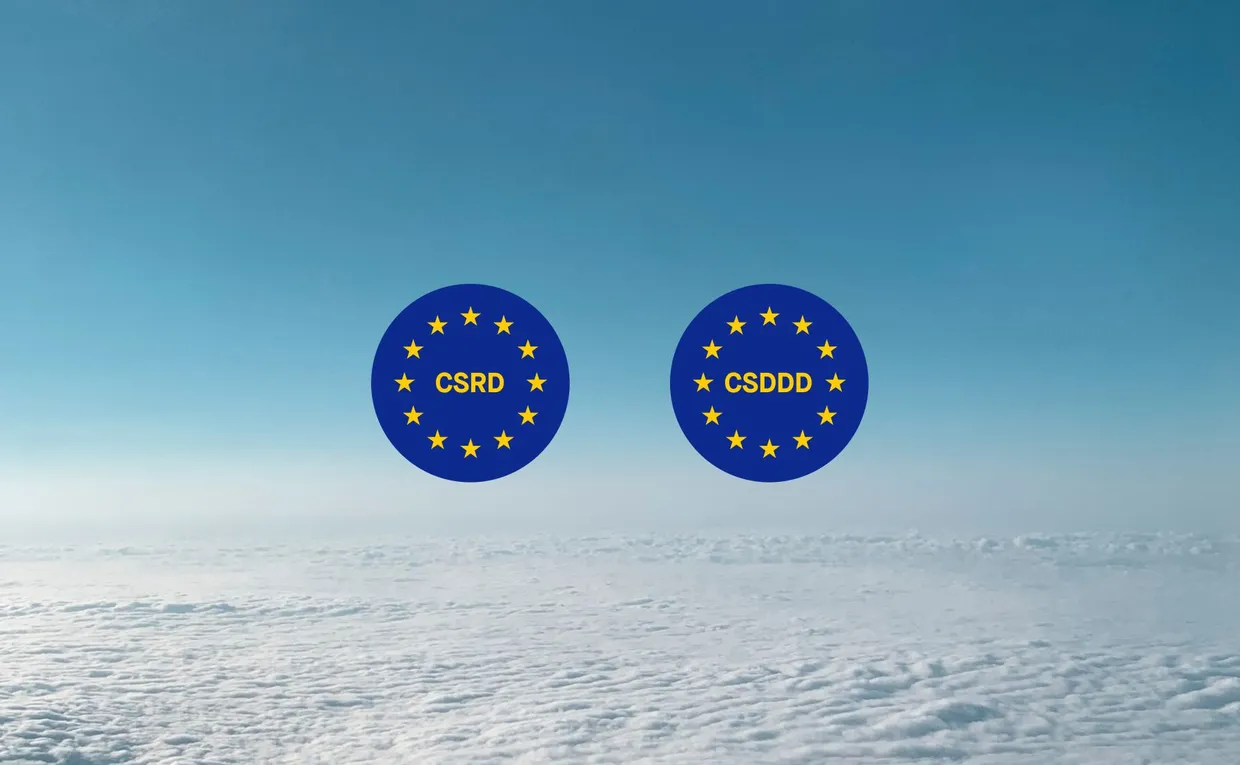In an era where climate change stands as one of humanity’s most pressing concerns, the financial sector finds itself under heightened scrutiny, not merely for its role in managing money but for its contributions, albeit indirect, to the global carbon footprint.
As financial institutions strategically allocate capital across various sectors and industries, they wield a profound influence on the growth and operations of companies. This influence extends to industries with significant carbon emissions, particularly within the energy and power sectors. That’s why they are increasingly recognized as key players in shaping the trajectory of greenhouse gas emissions—a concept known as financed emissions.
But how do you effectively address your financed emissions? We break the journey down into 5 crucial steps:
1. Identify hotspots in your portfolio
In the quest to manage climate exposure effectively, identifying hotspots in your portfolio is crucial. Most often 20% of your portfolio companies are often responsible for 80% of your financed emissions . By mapping your investments, you can pinpoint these critical areas and focus your sustainability efforts where they matter most. This targeted approach ensures that your resources are optimized for maximum impact, helping you achieve your ESG goals efficiently.
2. Connect with your investments for data insights
Gathering data from your investees is a critical step in understanding the footprint of your portfolio. Automated data collection tools streamline this process, making it easier for you to collect comprehensive information about your investments. Additionally, sending surveys to your investees can help fill in any data gaps, provide more granular insights into their carbon performance and improve your PCAF quality score. These data-driven insights empower you to make informed decisions and drive positive change within your investment portfolio.
3. Share climate targets for collective action
The only way to work on your fund trajectory is to work collaboratively with your portfolio companies. By sharing climate targets with your investees you can foster collective and collaborative climate action. This approach creates a sense of shared responsibility and encourages everyone to work together towards a common goal. Monitoring progress collectively ensures that everyone stays on track, making it easier to achieve your climate objectives.
4. Track progress with market-standard metrics
To effectively manage your climate commitments, you need robust tools to track progress. Analyzing your financed emissions using market-standard metrics provides a clear and standardized way to measure your impact. Flexible reporting mechanisms enable you to scale your efforts and adapt to changing circumstances. With these tools in place, you can stay accountable, transparent, and aligned with industry best practices.
5. Engage with your portfolio companies on reduction
Empowering your portfolio companies to embark on their climate journey is a powerful way to drive change. That way you can align on sustainability goals, make data-driven decisions, and contribute to the collective effort to combat climate change.


